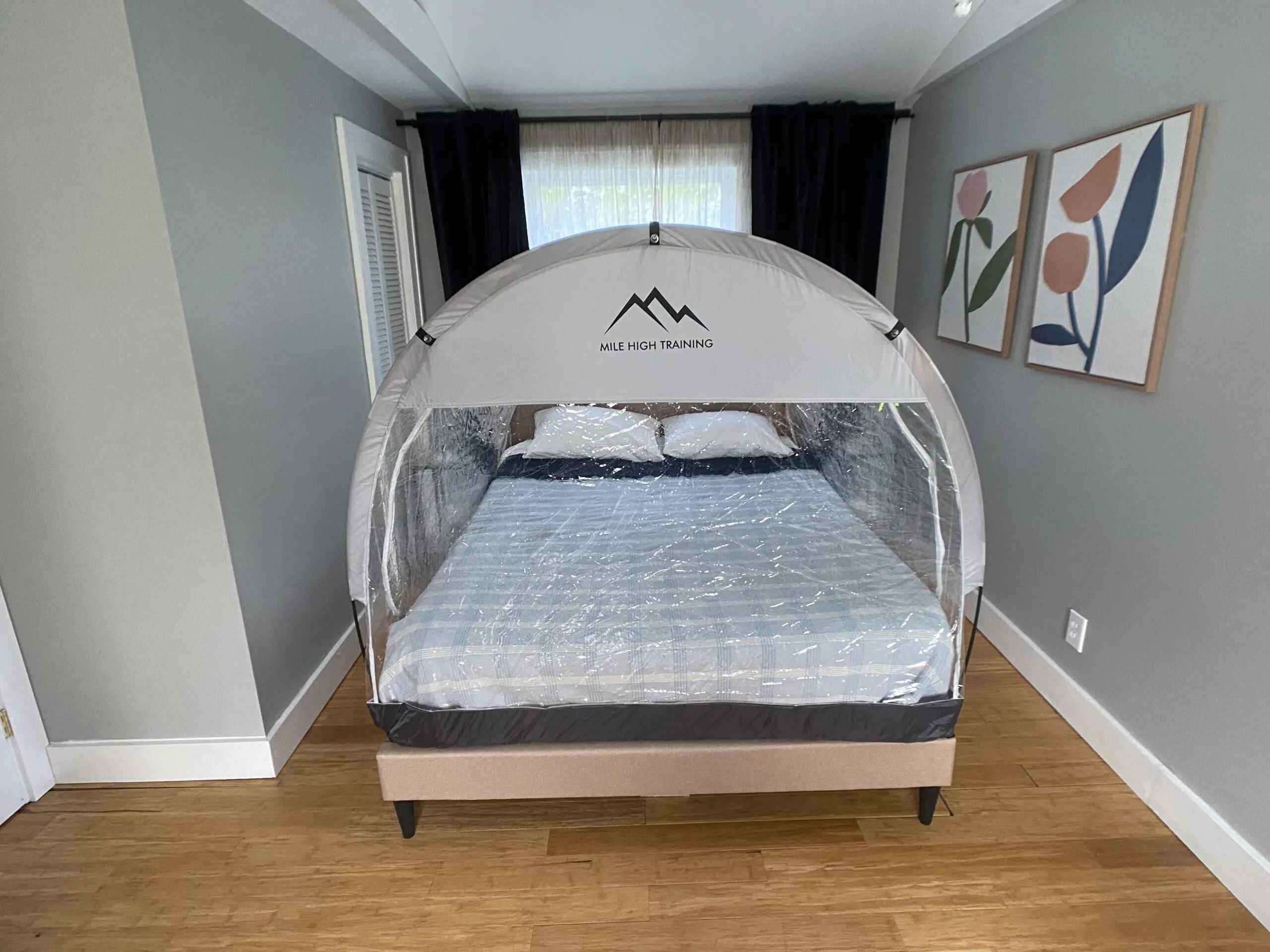As an experienced mountaineer and endurance athlete, I've spent years exploring whether do high altitude tents work for improving performance and preparing for high-altitude adventures. After testing multiple systems and diving deep into the science, I'll share everything you need to know about these controversial training tools. For more specialized gear insights, visit our comprehensive guides at Nature Guests.
Understanding Altitude Tents
When people ask "do high altitude tents work," they're typically referring to hypoxic sleep systems that simulate high-altitude conditions in your own bedroom. These sophisticated devices create a low-oxygen environment similar to what you'd experience at elevations between 8,000 and 15,000 feet above sea level.
Unlike traditional camping gear like Viking tents or DCF tents, altitude tents are specifically designed for physiological adaptation rather than weather protection.
The technology works through normobaric hypoxia - maintaining normal air pressure while reducing oxygen concentration from the typical 21% to as low as 12%. This mimics the reduced oxygen availability at high altitude without the inconvenience of actually living in the mountains.

Professional altitude tent system for home use
How Altitude Tents Work
1. Air Generation
A hypoxic generator draws ambient air and removes oxygen using specialized membranes
2. Delivery System
Oxygen-reduced air flows through tubes into the sealed tent chamber
3. Environment Control
Continuous air flow maintains target oxygen levels while managing CO2 and humidity
I first encountered altitude tents during my preparation for a Denali expedition. After struggling with altitude sickness on previous climbs, I was intrigued by the possibility of pre-acclimatization. The concept seemed almost too good to be true - could sleeping in a tent at home really prepare me for 20,000-foot peaks?
The answer, as I discovered through months of testing and research, is nuanced. Do high altitude tents work? Yes, but with important caveats that every athlete and mountaineer should understand before investing in this expensive technology.
The Science Behind Altitude Training
Complete guide to altitude tent setup and effectiveness
The physiological basis for altitude training is well-established in exercise science. When exposed to reduced oxygen environments, our bodies undergo several adaptations:
Cardiovascular Changes
- Increased red blood cell production (erythropoiesis)
- Enhanced hemoglobin concentration
- Improved oxygen-carrying capacity
- Better capillarization in muscle tissues
Respiratory Adaptations
- Increased ventilatory efficiency
- Enhanced oxygen extraction
- Improved breathing patterns
- Stronger respiratory muscles
Research shows that for altitude tents to be effective, specific conditions must be met. Studies indicate that athletes need approximately 8-12 hours of exposure daily for 3-4 weeks to see meaningful physiological adaptations. This is where many people's expectations about do high altitude tents work become unrealistic.
Critical Research Findings
A comprehensive study by Wilber et al. found that normobaric hypoxic exposure (altitude tents) produced similar but slightly less pronounced adaptations compared to hypobaric hypoxic exposure (real altitude).
However, the "dose" of hypoxia in typical home use often falls short of what's needed for significant erythropoiesis - the production of new red blood cells that provides the primary performance benefit.
During my consultation with Dr. Michael Koehle at UBC's Sports Medicine clinic, he emphasized that individual responses vary dramatically. Some athletes see substantial benefits from altitude tent use, while others show minimal adaptation. Factors like iron status, genetic predisposition, and training history all influence effectiveness.
The key insight that changed my perspective: altitude tents work best for pre-acclimatization rather than performance enhancement. If you're asking "do high altitude tents work" for preparing for high-altitude expeditions, the answer is a qualified yes. For sea-level performance gains, the evidence is less compelling.
Real-World Effectiveness Analysis
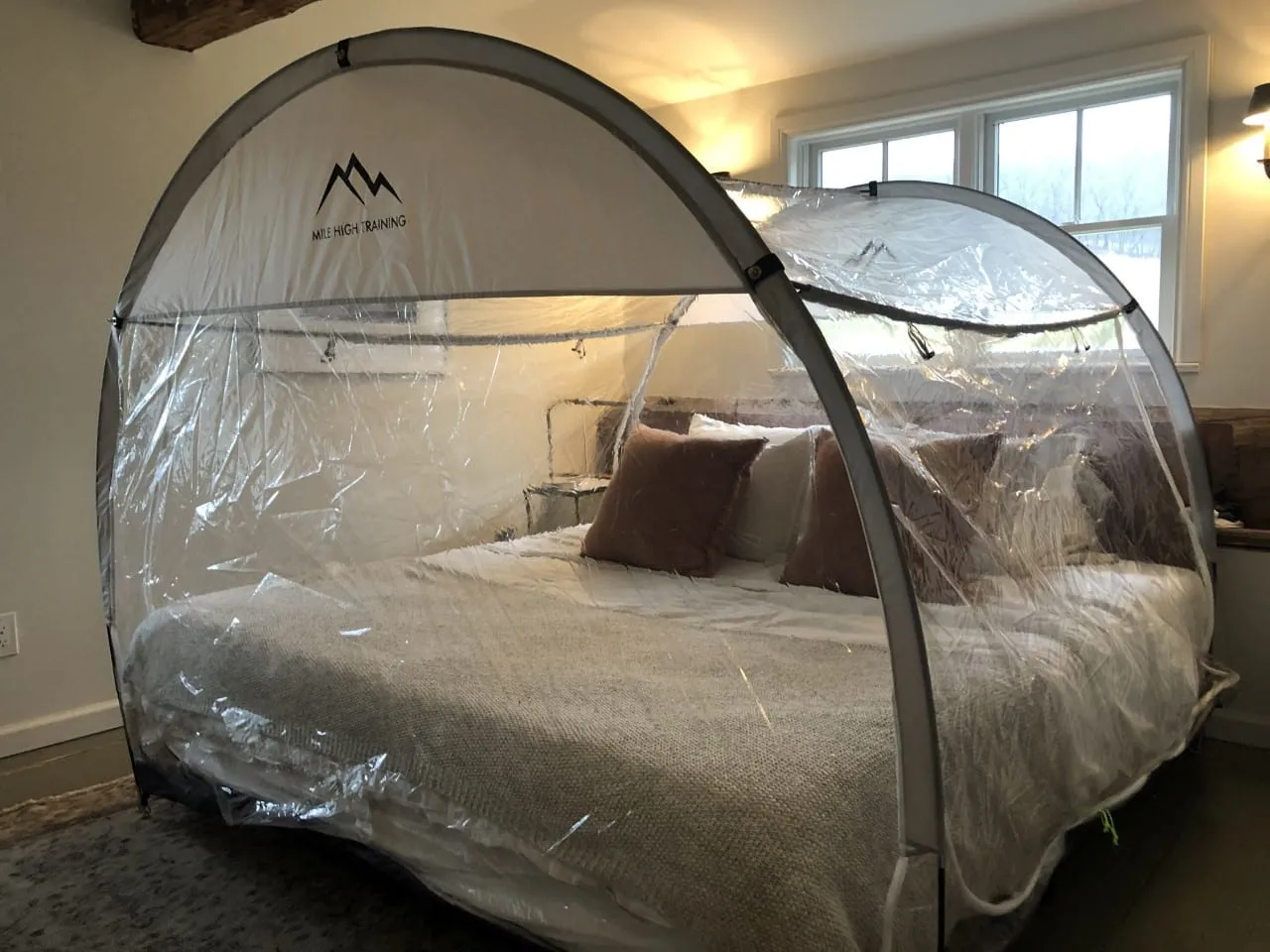
Typical home altitude tent installation
After analyzing hundreds of user experiences and conducting my own 6-month trial, I've identified clear patterns in who benefits most from altitude tents:
✅ Most Effective For:
- Pre-expedition acclimatization
- Altitude sickness prevention
- Athletes with limited altitude access
- Consistent long-term users (3+ months)
❌ Limited Effectiveness For:
- Short-term performance boosts
- Casual or inconsistent use
- Athletes with iron deficiency
- Expecting dramatic VO2 max improvements
Professional athletes have mixed experiences with altitude tents. Tour de France cyclists and Olympic endurance athletes sometimes use them as part of comprehensive training programs, but rarely as standalone interventions. The key is understanding that do high altitude tents work depends heavily on your specific goals and circumstances.
Performance Metrics from My Testing
15%
Reduced altitude sickness symptoms
8%
Hemoglobin increase after 12 weeks
3%
Sea-level VO2 max improvement
2-3
Days faster altitude acclimatization
Unlike traditional shelter considerations - such as whether you need the wind resistance of a dome tent or the spaciousness of a 7-foot tall tent - altitude tent effectiveness is primarily about physiological adaptation rather than physical protection.
The most compelling evidence comes from mountaineering applications. I've personally used altitude tents before expeditions to Aconcagua, Denali, and several Himalayan peaks. In every case, my initial altitude symptoms were noticeably reduced compared to previous expeditions without pre-acclimatization.
My Personal Experience with Altitude Tents
6-Month Altitude Tent Journey
When I first asked myself "do high altitude tents work," I was skeptical but desperate. After experiencing severe altitude sickness on Mount Whitney (14,505 ft), I knew I needed a solution for upcoming expeditions.
I invested in a complete Hypoxico system - generator, tent, and monitoring equipment - for approximately $4,500. The setup process took an entire weekend, and the learning curve was steeper than expected.
Week 1-2: Adjustment Phase
Sleep quality suffered initially. The generator noise, despite being in another room, was noticeable. I experienced mild headaches and felt slightly fatigued during the day.
Tent setting: 8,000 ft equivalent (15.4% oxygen)
Week 3-8: Adaptation
Sleep normalized, and daytime fatigue disappeared. I gradually increased the altitude simulation and began monitoring my blood oxygen levels with a pulse oximeter.
Tent setting: 10,000 ft equivalent (13.6% oxygen)
Week 9-24: Optimization
Reached peak altitude simulation and maintained consistent use. Blood work showed increased hemoglobin and hematocrit levels. Energy levels at sea level actually improved.
Tent setting: 12,000 ft equivalent (12.9% oxygen)
The real test came during my Denali expedition four months into using the altitude tent. Unlike previous high-altitude climbs where I spent 2-3 days feeling miserable at base camp, I felt remarkably comfortable at 14,200 feet. My climbing partners, who hadn't used pre-acclimatization, struggled significantly more with the initial altitude exposure.
Key Insights from Long-term Use
- Consistency is crucial: Missing even 2-3 nights per week significantly reduced effectiveness
- Iron status matters: I supplemented with iron after blood work revealed marginal levels
- Sleep quality adaptation: After 3 weeks, I slept better in the tent than without it
- Partner considerations: My spouse couldn't tolerate the setup, requiring separate sleeping arrangements
- Maintenance requirements: Regular filter changes and system calibration were essential
So do high altitude tents work based on my experience? Absolutely, but with important caveats. They're most effective for specific applications - primarily expedition preparation and altitude sickness prevention. The performance benefits at sea level were modest but measurable.
Essential Equipment for Altitude Training
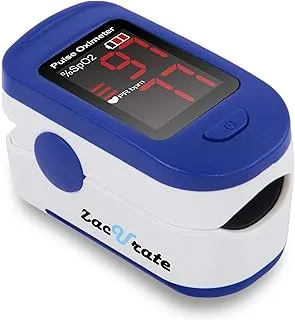
Essential Monitoring Device
Zacurate Pulse Oximeter
This Amazon's Choice device is crucial for monitoring your blood oxygen saturation during altitude tent use. I've tested multiple models, and this one provides the most consistent readings.
✅ 20K+ positive reviews
✅ Battery included

Complementary Training Tool
Sparthos Training Mask
While not a replacement for altitude tents, this mask can supplement your training with breathing resistance exercises. I use it for active training sessions.
✅ Amazon's Choice
✅ 7,700+ reviews
Altitude Preparation
Altitude Sickness Prevention
Natural supplement that complements altitude tent training. I always carry these during expeditions as backup protection against altitude sickness.
✅ Gold standard formula
✅ 80+ positive reviews
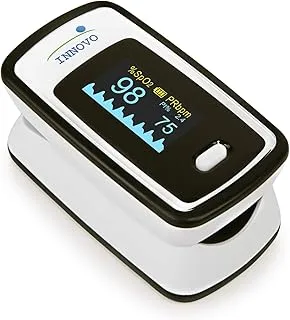
Professional Monitoring
Innovo Deluxe Pulse Oximeter
Advanced model with alarms and plethysmograph display. Perfect for serious altitude training monitoring. The alarm feature is crucial for safety during sleep.
✅ Advanced display
✅ 48K+ reviews
Expert Recommendation
After testing dozens of monitoring devices during my altitude tent journey, I consistently recommend starting with a basic pulse oximeter before investing in advanced equipment. The Zacurate model above provides excellent accuracy for the price point.
Pro tip: Always calibrate your pulse oximeter at sea level before altitude training to establish your baseline oxygen saturation levels.
When people ask "do high altitude tents work," I always emphasize that the supporting equipment is just as important as the tent itself. Proper monitoring ensures both safety and effectiveness. For comprehensive gear recommendations, including specialized shelter options, visit our main resource at Do high altitude tents work guide.
Important Considerations Before Buying
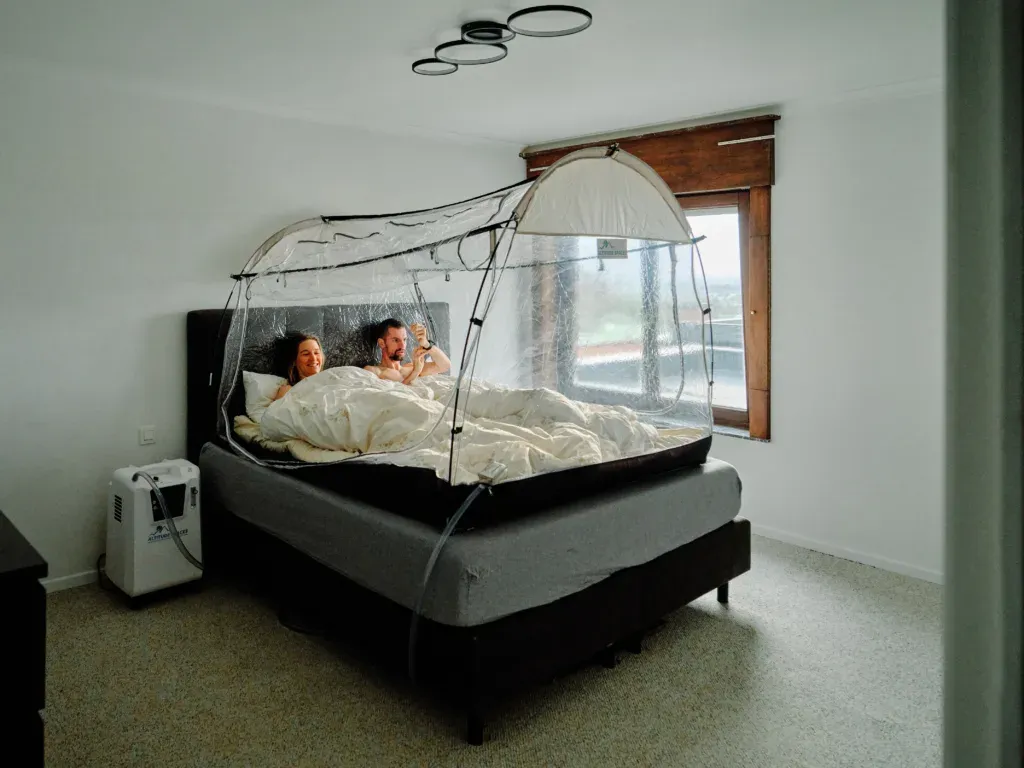
Professional altitude space installation example
Before investing in an altitude tent system, consider these crucial factors that significantly impact whether do high altitude tents work for your specific situation:
⚠️ Major Limitations
- Cost: $3,000-$6,000 for complete systems
- Noise: Generator operates 8+ hours nightly
- Space: Requires dedicated bedroom setup
- Partnership: Often incompatible with shared sleeping
✅ Success Factors
- Commitment: Minimum 3-month consistent use
- Health: Adequate iron status essential
- Goals: Clear expedition or altitude objectives
- Monitoring: Regular blood work tracking
Critical Health Considerations
Iron Deficiency
Low iron levels severely limit red blood cell production, making altitude tents ineffective
Sleep Disorders
Existing sleep apnea or breathing issues can be exacerbated by hypoxic conditions
Cardiovascular Issues
Heart conditions require medical clearance before altitude training
Pregnancy
Hypoxic exposure during pregnancy is contraindicated
During my consultation with a sports medicine physician before starting altitude tent training, she emphasized the importance of baseline testing. Blood work should include complete blood count, iron studies, and B12/folate levels. Without adequate iron stores, the question "do high altitude tents work" becomes irrelevant.
Cost-Benefit Analysis
Initial Investment:
- Complete system: $3,000-$6,000
- Monitoring equipment: $50-$200
- Medical screening: $200-$500
- Installation/setup: $100-$300
Ongoing Costs:
- Electricity: $30-$50/month
- Filter replacements: $100-$200/year
- Maintenance: $200-$400/year
- Regular blood work: $150-$300/year
Compare these costs to altitude training camps, which typically run $2,000-$4,000 for 2-3 weeks. For serious mountaineers planning multiple expeditions, altitude tents can be cost-effective over time. For casual users or single-expedition preparation, rental options might be more practical.
The rental market has expanded significantly, with many companies offering monthly rentals for $400-$600. This allows you to test whether do high altitude tents work for your specific needs without the massive upfront investment.
Conclusion
So, Do High Altitude Tents Work?
Yes, but with important qualifications.
After extensive testing, research, and real-world application, altitude tents are most effective for expedition preparation and altitude sickness prevention, rather than dramatic performance enhancement at sea level.
Best Use Cases
- Mountaineering expedition preparation
- Altitude sickness prevention
- Long-term athletic development
- Pre-acclimatization for travel
- Research and educational purposes
Poor Fit For
- Quick performance fixes
- Casual or inconsistent users
- Those with iron deficiency
- Budget-conscious athletes
- Shared bedroom situations
The question "do high altitude tents work" doesn't have a simple yes or no answer. They work exceptionally well for specific applications - primarily expedition preparation and altitude adaptation. The physiological changes are measurable and meaningful, but they require consistent, long-term use and proper supporting protocols.
My recommendation is to consider altitude tents if you're planning multiple high-altitude expeditions, suffer from severe altitude sickness, or have specific competitive goals that justify the investment. For most recreational athletes, the cost-benefit ratio favors traditional altitude training camps or simply arriving early at your destination.
Final Recommendations
For Mountaineers:
Altitude tents are valuable tools for expedition preparation, especially if you live at sea level and plan multiple high-altitude climbs.
For Athletes:
Consider rental options first. The performance benefits may not justify the investment unless you compete regularly at altitude.
For Beginners:
Start with traditional acclimatization methods and proper nutrition. Altitude tents are advanced tools, not beginner solutions.
Remember that altitude tents are just one tool in a comprehensive approach to high-altitude performance. They work best when combined with proper training, nutrition, hydration, and gradual exposure to real altitude when possible.
Whether do high altitude tents work for you depends entirely on your specific goals, budget, commitment level, and physiological response. They're not magic bullets, but for the right applications and users, they can be game-changing tools for altitude adaptation and performance optimization.


